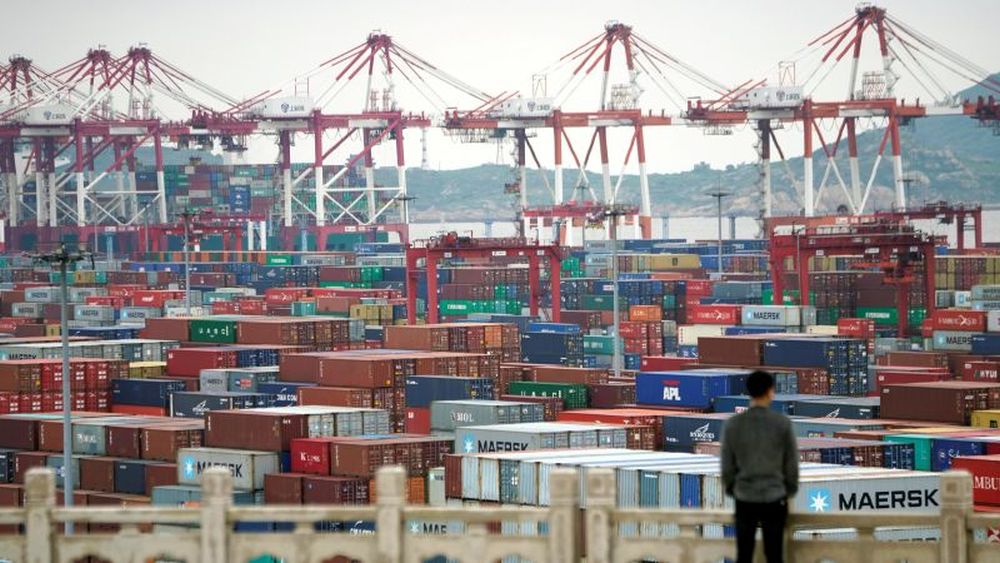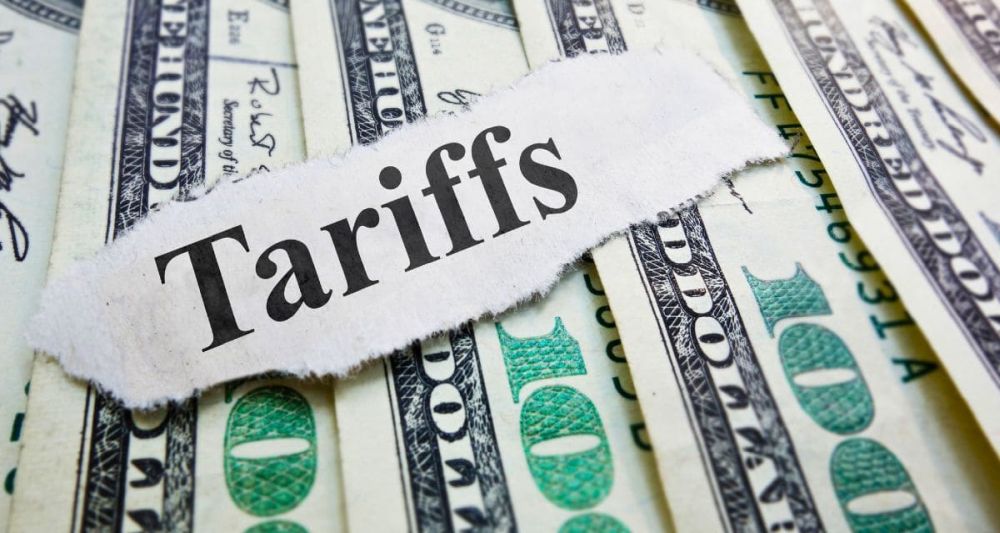China’s economy grew by 5.2% year-on-year in the second quarter of 2025, slightly easing from 5.4% in the first quarter but still surpassing expectations. The quarterly growth reached 1.1%, indicating resilience despite ongoing U.S. tariff tensions. Strong exports and industrial production were the main drivers, with June’s industrial output growing 6.8%, a promising sign amid global uncertainties.

However, domestic consumption showed slower momentum, with retail sales up just 4.8% and fixed-asset investments increasing by only 2.8%. The property sector remains a persistent weak point as investments fell 11.2% in the first half of the year, and real estate prices continued their downward trend. These factors highlight the fragile balance of China’s recovery, heavily reliant on exports while internal demand softens.

The Chinese government remains confident in hitting its full-year growth target of around 5%, but the risks ahead are clear. The threat of escalating tariffs from the United States and the sluggish property market could weigh on the economy in the coming months. Markets are anticipating limited policy easing, but a significant stimulus package seems unlikely before any resolution on trade negotiations.

Global observers will be watching closely as China navigates these pressures, trying to sustain growth without overly aggressive interventions. For now, the country’s manufacturing and export strength offers a buffer, yet the long-term picture depends on domestic demand recovery and geopolitical developments that continue to shape global trade dynamics.

#ChinaEconomy #GDP2025 #USChinaTrade #GlobalEconomy #Tariffs
